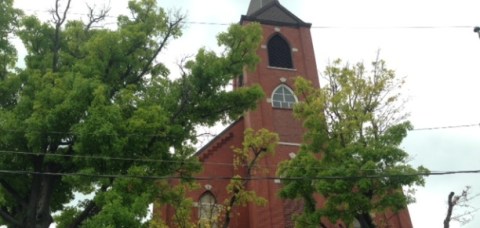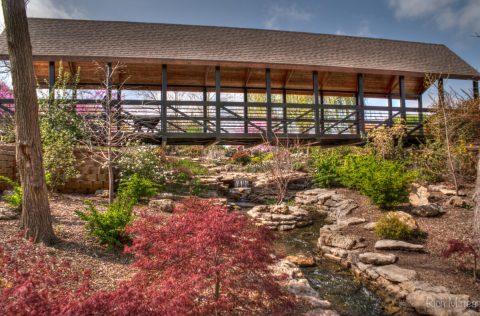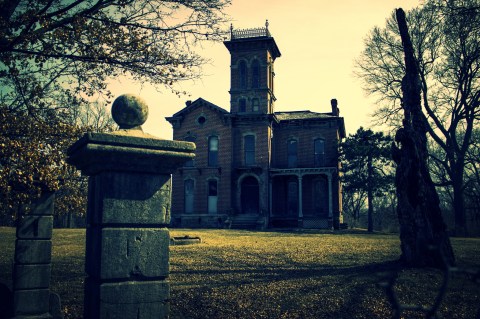11 Historical Landmarks You Absolutely Must Visit In Kansas
Are you yearning for a trip out east to explore a few of the National Historic Landmarks that make this country so unique? Don’t spend your money on expensive plane tickets, hotels and other travel costs; just visit one of these 11 Historic Landmarks located right here in Kansas:

Located in Lake Scott State Park, the El Quartelejo Ruins are thought to have been built in the late 1600s by a tribe of Pueblo Indians after escaping the rule of Spanish immigrants in New Mexico. El Quartelejo was designated a National Historic Landmark in 1964.
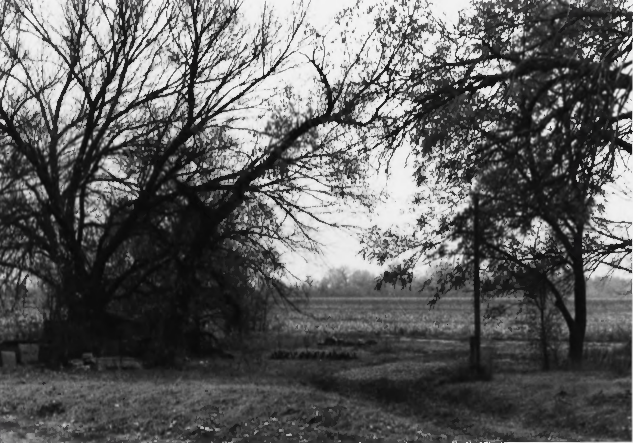
Named a National Historic Landmark in 1964, this incredible site features 12 to 15 known home sites, as well as a cemetery thought to date back to the Smoky Hill Culture (1000-1350 AD). To visit the unsuspecting location, take the "secondary roads south of old U.S. 40 (Pacific St.)."
Advertisement
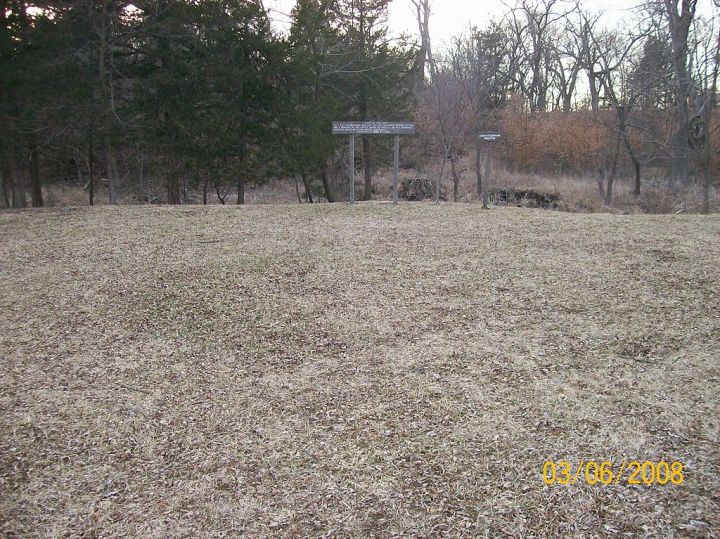
The site of what some historians consider to be the "first true battle of the American Civil War" is one of Kansas's newest National Historic Landmarks, being officially designated in 2012.
Advertisement
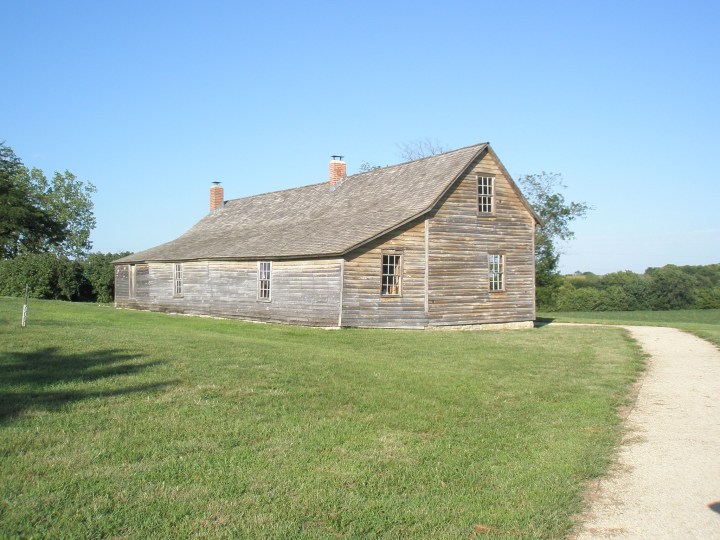
Built in 1858, the Hollenberg (or Cottonwood) Pony Express Station served weary travelers along both the Oregon and California trails. Today, the old Station is still open for business, only this time in the form of a museum.
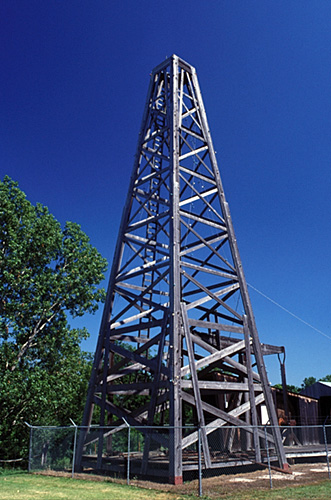
The now abandoned oil well signifies the beginning of development of the Mid-Continent oil field and earned a spot on the list of National Historic Landmarks in 1977.

Since being established in 1850, this Fort has seen its fair share of war... In fact, during the Mexican-American War, it served as a military base for US Army; then, for the next 25 years, it was a supply base/security center during both Bleeding Kansas and the Civil War. Today it is a National Historic Landmark that houses over 20 structures.
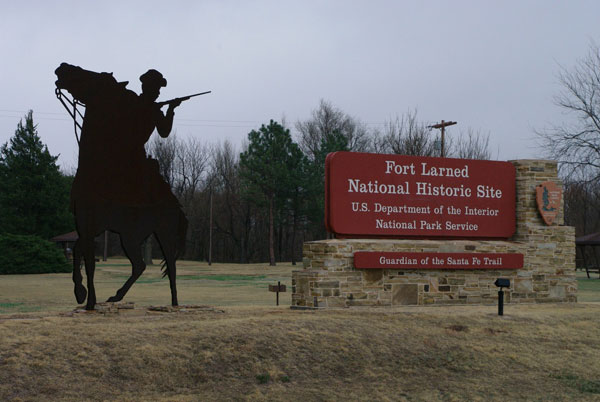
Another fort on the list of National Historic Landmarks is Fort Larned, which operated from 1859 to 1878 in order to guard the northern-most portion of the Santa Fe Trail. After being used and deserted, the site became the center of a large ranching operation before being restored and designated as a National Historic Landmark.

Another important site from the infamous Bleeding Kansas is Lecompton's Constitution Hall, which at the time served as the meeting grounds for a pro-slavery constitutional convention. After protest from a large group of anti-slavery delegates, the assembly to draft a constitution for statehood in Kansas was moved from Lecompton to free-state Lawrence.
Advertisement

The site of the final violent Bleeding Kansas incident (before the beginning of the Civil War) became a National Historic Landmark in 1974.
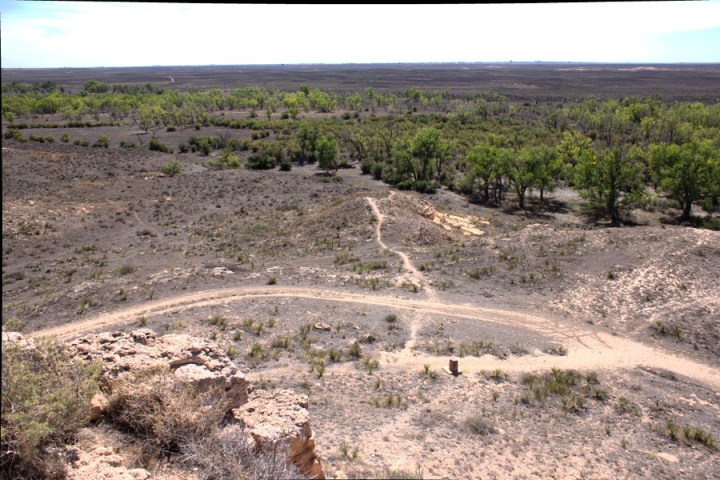
Also known as the Lower Cimarron Spring, Wagon Bed was once a vital source of water on the Cimarron Cutoff of the Santa Fe Trail. Unfortunately, due to a center pivot irrigation in the mid-twentieth century, the spring dried up, but by doing so uncovered a number of antique artifacts left behind by both wagon trains and American Indians.
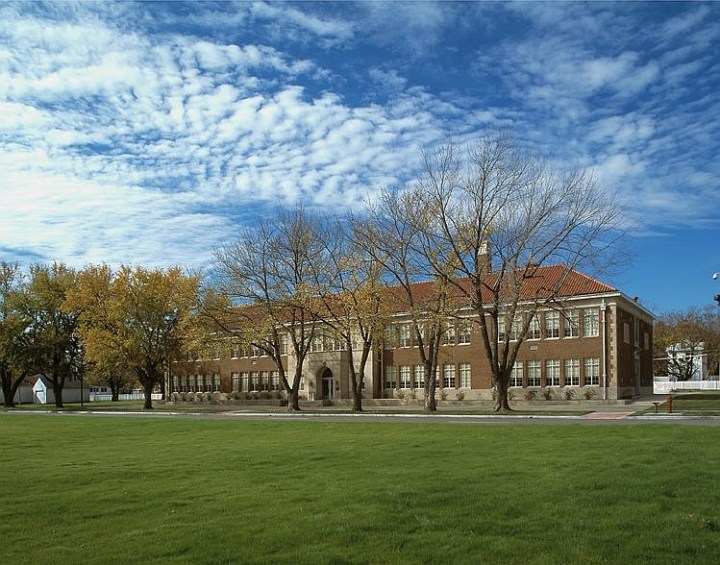
Linda Brown, the student at the center of the landmark Brown v. Board of Education, attended elementary school at Monroe, which now serves as a museum.
How many of these historic landmarks have you visited?
OnlyInYourState may earn compensation through affiliate links in this article. As an Amazon Associate, we earn from qualifying purchases.


